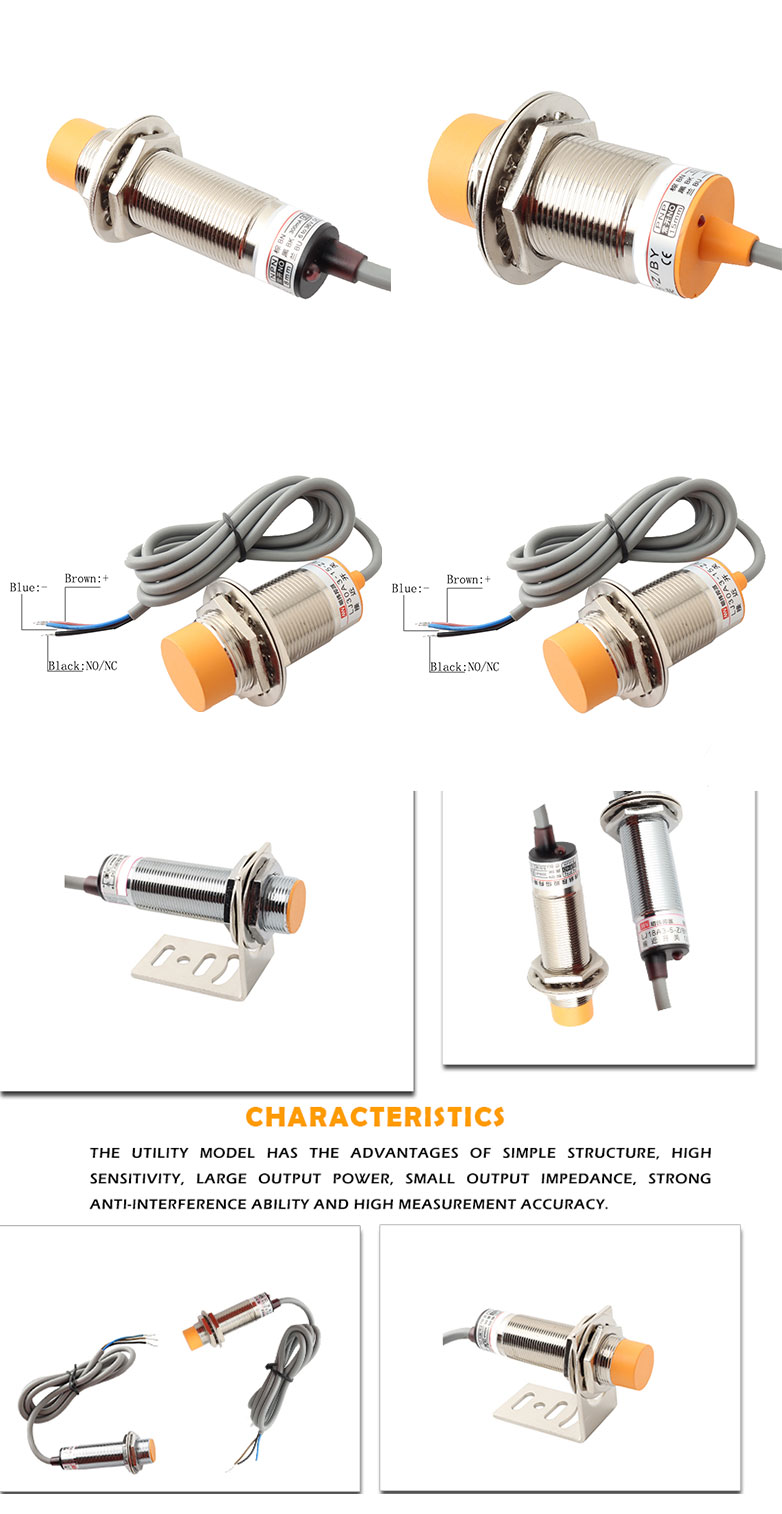How a capacitive proximity switch sensor works
2023-10-16
A capacitive proximity switch sensor, also known as a capacitive proximity sensor, is a type of sensor used for non-contact detection of objects based on changes in capacitance. It operates by detecting variations in the electrical capacitance between the sensor and the target object. Here's how a capacitive proximity switch sensor works and its key features:
Principle of Operation:
A capacitive proximity switch sensor consists of two conductive plates separated by a dielectric material. When an object enters the sensing range of the sensor, it changes the capacitance between the plates. This change in capacitance is detected by the sensor, which triggers a response, such as activating a switch or providing an output signal.
Key Features:
1. Non-Contact Sensing: Capacitive proximity switch sensors can detect both conductive and non-conductive objects without physical contact. This makes them suitable for applications where contact-based sensing is not desirable or feasible.
2. Sensing Range: These sensors have a defined sensing range within which they can detect objects. The sensing range is determined by the design and specifications of the sensor and can vary from a few millimeters to several centimeters.
3. Adjustable Sensitivity: Capacitive proximity switch sensors often allow for sensitivity adjustment, which enables fine-tuning of the detection range. This feature is useful when working with objects of different sizes or materials.
4. Output Types: Capacitive proximity switch sensors typically provide a digital output signal, which can be either a simple on/off signal or a pulse signal. This output can be used to trigger actions such as activating a relay, controlling a motor, or signaling the presence or absence of an object.
5. Immunity to Environmental Factors: Capacitive proximity switch sensors are generally immune to factors such as color, light, dust, or temperature variations. However, they may be affected by factors like humidity or the dielectric constant of non-conductive materials. It's important to consider the specific operating conditions and the properties of the objects being detected.
6. Mounting Options: These sensors come in various shapes and sizes to accommodate different mounting requirements. They can be cylindrical, rectangular, or flat-shaped, and often feature threaded or non-threaded housings for easy installation.
7. Application Versatility: Capacitive proximity switch sensors find applications in various industries, including manufacturing, automation, packaging, material handling, and more. They are commonly used for object detection, level sensing, fill level detection, and liquid level sensing.
When selecting a capacitive proximity switch sensor, consider factors such as the desired sensing range, operating voltage, output type, environmental conditions, and the specific requirements of your application. Refer to the manufacturer's datasheet or seek guidance from a knowledgeable supplier to ensure the sensor meets your needs.



